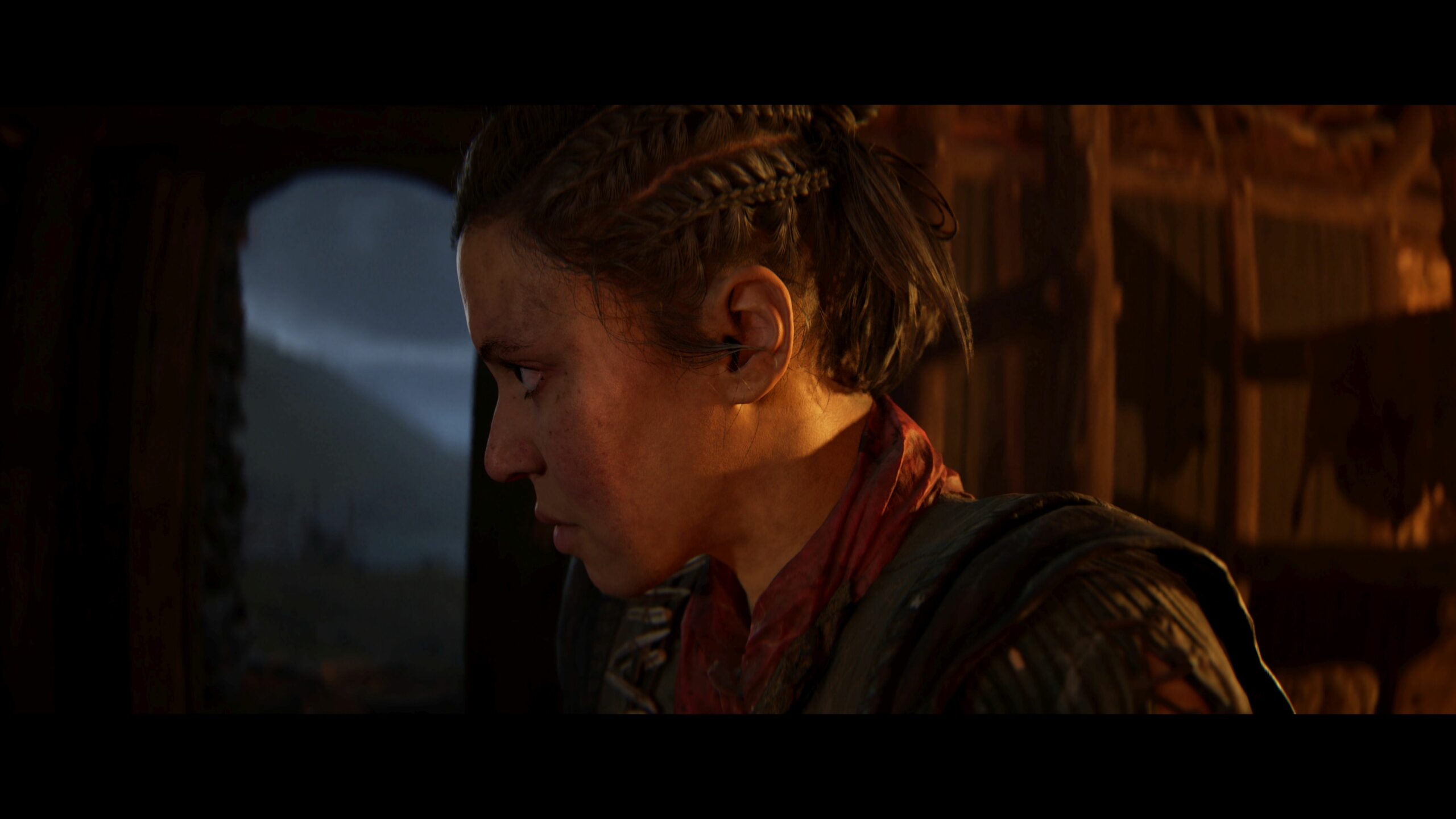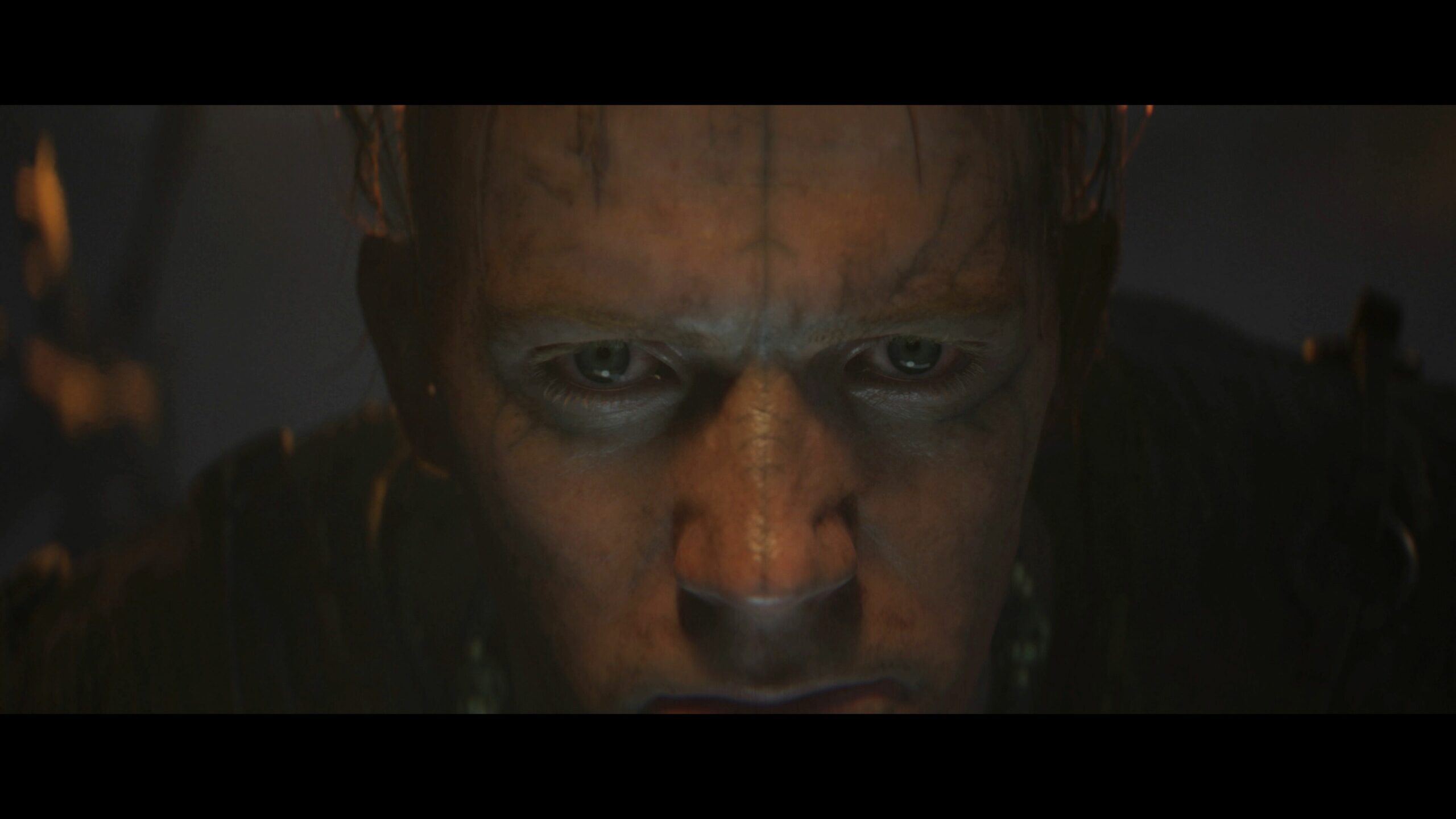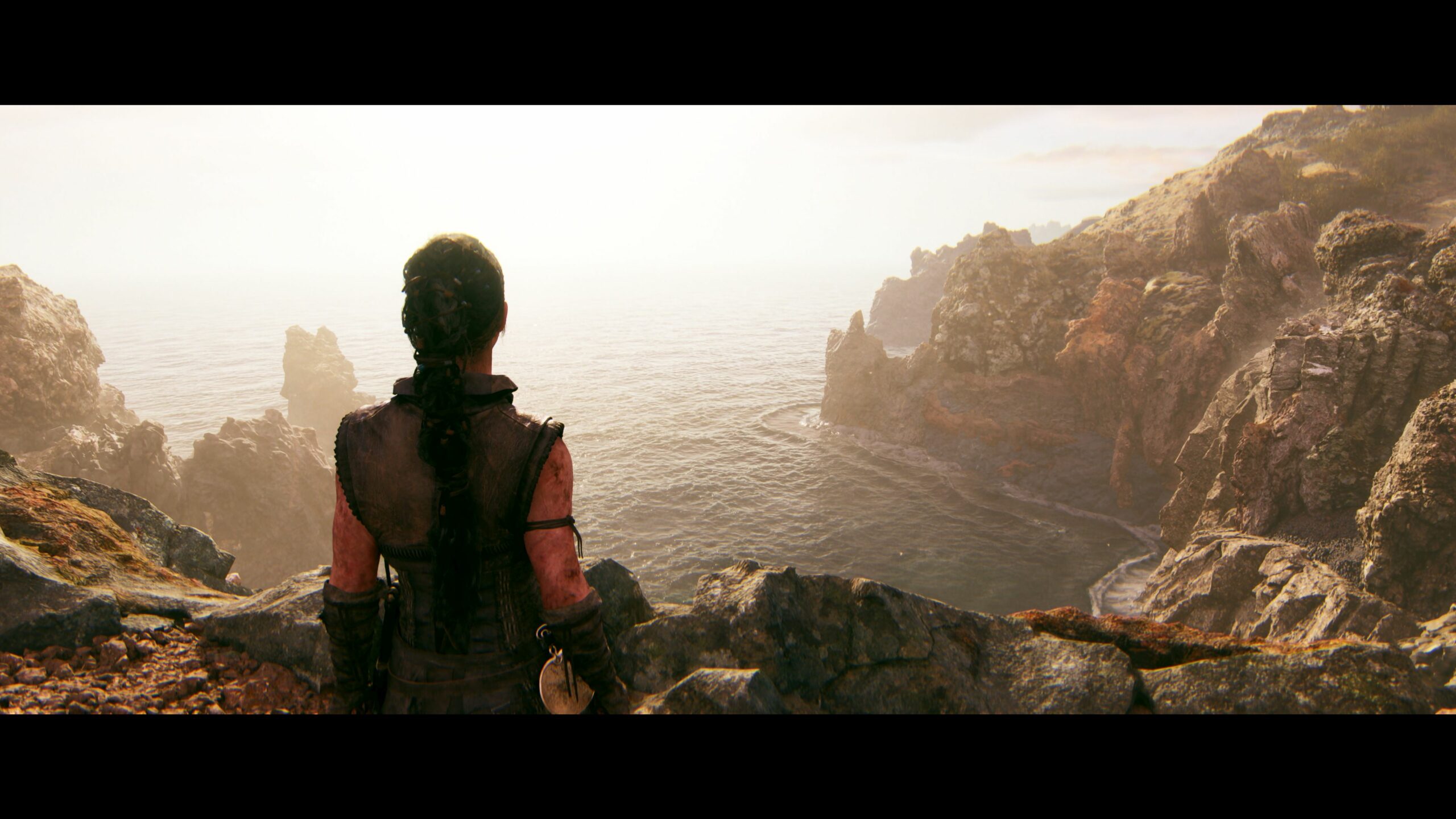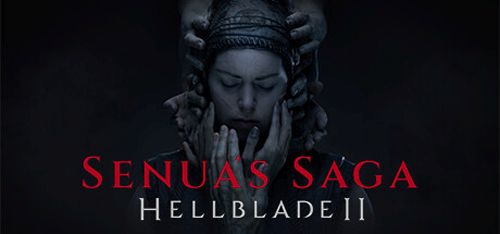Senua’s Saga: Hellblade 2 Review
When it comes to describing video games, “immersive” is used far too often. The sensation of being entirely lost in a game’s world, characters, and story is rare. Senua’s Saga: Hellblade 2 is one of those games that honestly earn being called immersive. Over Senua’s Saga’s eight or so hours, I quite regularly forgot I was playing a game. It’s so stunning, visceral, and emotionally involving that, on those rare occasions where Senua’s Saga ever-so-slightly stumbles, I was disoriented.
Fans of Ninja Theory’s Hellblade: Senua’s Sacrifice will immediately recognize some familiar mechanics, themes, and of course, the main character. To say that Senua’s Saga is similar to the first game is simultaneously correct, and entirely wrong. Senua’s Saga is so infinitely well made and assured that it makes the excellent original feel like a proof-of-concept sketch.
The Hero’s Journey
In the first game, Senua, a 10th-century Pict from the Orkney Islands, fights her way into Helheim to bring back her slain lover Dillion from the dead. Suffering from what we now call psychosis, Senua is tormented by voices in her head. The voices cajole, inspire, and cast doubt on Senua’s actions in turn. A large part of Senua’s Sacrifice is built around Senua coming to terms with her psychosis and the overpowering guilt she feels for Dillion’s death and the deaths of many others.
In Senua’s Saga, the voices have become, if not her superpower, at least her allies. The voices — now called Valkyries — continue to battle inside her head, joined by a far more ominous presence that is eventually revealed. But her relationship with them has shifted. It’s clear that Senua has more fully accepted, if not entirely embraced, this aspect of her personality. In Senua’s Saga, the voices help guide her towards a genuinely earned redemptive act.

But in Senua’s Saga, our hero is not entirely alone with her thoughts. She is joined on her quest by a trio of others. These are not typical RPG character types. There’s no mage or archer or tank. Instead, her companions are all survivors in one way or another, and who seek some form of redemption or retribution. They are willing to let Senua be the vehicle for it, with their help.
The Same, But Better
I’ve been deliberately vague about the narrative arc. In large part, it’s because to reveal nearly any details would ruin what’s so important to the experience. But you probably know from the trailers that Senua, now in Iceland, is on a quest to avenge her lover’s death at the hands of slavers and slay a giant or two. It’s a bit like saying Les Misérables is about some student protesters.
Like Senua’s Sacrifice, Senua’s Saga is a mix of exploration, environmental puzzles, and combat. I’d add narrative, but literally, everything in the game serves the story in one way or another. The story is simply delivered through a variety of mechanics.

All three of the game’s systems have been either refined, expanded, or both. While the first game’s puzzles often focused on seeing the environment in particular ways, Senua’s Saga includes some new puzzle types that relate specifically to a story theme. None of them are ultimately frustrating, but a few take some thought and/or trial and error. One of my very few complaints about Senua’s Saga is that, on rare occasions, the multipart puzzles became slightly repetitive and felt like video game busy work. These were the only moments that broke the otherwise excellent narrative pace and sense of immersion.
A Clash of Swords
Combat in the first game was criticized for feeling underdeveloped and unbalanced. In Senua’s Saga, the combat is brutal, visceral, and perfectly animated. Movement and weapons have weight and a sense of realism that was missing before. This is not Stellar Blade (or even Ninja Theory’s Heavenly Sword), with a hero dodging like a caffeinated jackrabbit. Senua’s dodges are relatively deliberate, the parry window is tight, and the more hits she takes, the slower her responses become. Unlike the first game, combat in Senua’s Saga is always a series of 1v1 encounters, most often in rapid succession. The number of enemy types is still relatively limited to human warriors, the supernatural draugr, and a few others. Within each group, there are enough variants to keep things interesting.
I never tired of it, and I kept thinking about what a traditional action RPG would be like with Senua’s flavor of combat. Mechanically, it’s not radically different or more complex than before, but it feels better and its role in the story has expanded. All that said, it’s still fair to note that, after a certain point, Senua’s move set in combat doesn’t change or evolve during the game, nor does her weapon vary.
Book Me A Flight
If there’s a video game that looks more impressive than Senua’s Saga, I haven’t seen it. The level of environmental and character detail is sort of astounding, and the feature film-worthy cinematic camera work is masterful. The constant ebb and flow from realism to a more magical reality is seamless. While much of Senua’s Saga is visually grim, dark, terrifying, and tense, there are moments of respite. The Icelandic countryside is postcard-perfect in all its craggy and desolate beauty. The widescreen letterbox format with no UI elements means there’s nothing visually distracting to break the spell.

The game’s binaural audio, archaic-feeling music, and polished voice acting are fully equal to the visuals. More to the point, they’re really not separate elements but flow organically from them. The game’s writing and dialogue have the poetic weight of a timeless Norse saga. Weight is the operative word. Anyone looking for levity, wit, or humor won’t find it in Senua’s Saga’s overall serious tone. But they will find a narrative arc that’s full of surprise and a depth of emotion.
At least for me, Senua’s Saga ran flawlessly, without a single bug or crash. On a Ryzen 9 7950 and Nvidia 4080 Super, I ran the game in 4K on high settings, with framerates in excess of 90fps. There was no pop-in at all, and just a few moments of stutter in one specific section. I can’t speak for its performance on Xbox, but the PC iteration seems well-optimized and very polished.
Remarkable Achievement
Thanks to a great number of expert advisors in the mental health field, and the input of people living with the condition, Senua’s experience of psychosis feels authentic and never just a video game gimmick. Ninja Theory’s attention to historical cultural detail and the narrative arc of classical mythology result in an 8-hour experience that is simply unforgettable. The game is a great example of balancing content, mechanics, and length. There will be those who complain that Senua’s Saga is not a 40-hour marathon. They are simply wrong. While the puzzles do not reward repeated play, the story and characters absolutely do.
Nothing’s perfect, however. Aside from some overly gamey puzzles, there were a few places where the game’s repeated structure of explore-combat-puzzle felt, if not predictable, at least a bit rigid. Even then, though, those individual elements remained entertaining to engage with.

It has been a very long time since I played a game as assured, polished, and emotionally affecting as Senua’s Saga: Hellblade 2. The first game was impressive, but the sequel brings everything Ninja Theory was trying to do into sharp, unforgettable focus. Senua’s new journey is epic and harrowing, told through cinematic visuals. jaw-dropping graphics and gameplay mechanics that feel at one with the story. It’s a saga of sadness, courage, challenge, and redemption, told by masters of their craft.
***PC code provided by the publisher for review***
The Good
- Incredible graphics, art and audio
- Excellent narrative and acting
- Engaging combat and puzzles
- Extremely polished
The Bad
- A few small pacing issues
- Relentlessly grim

